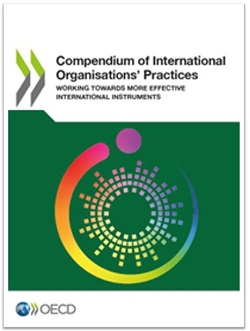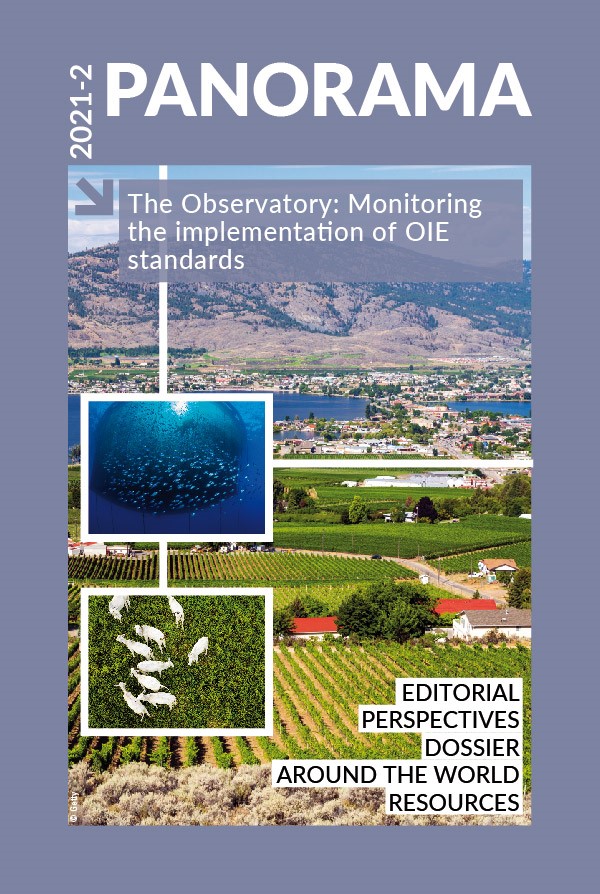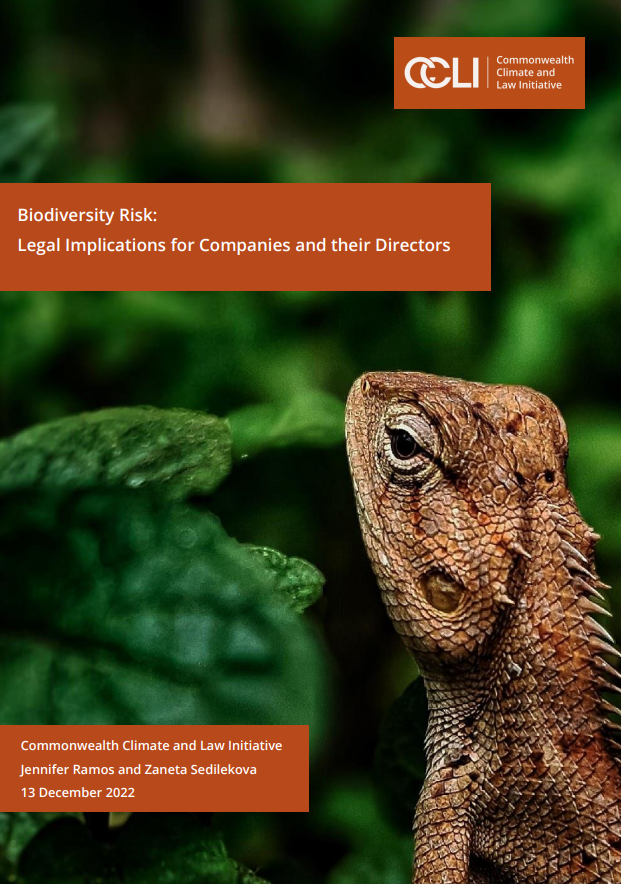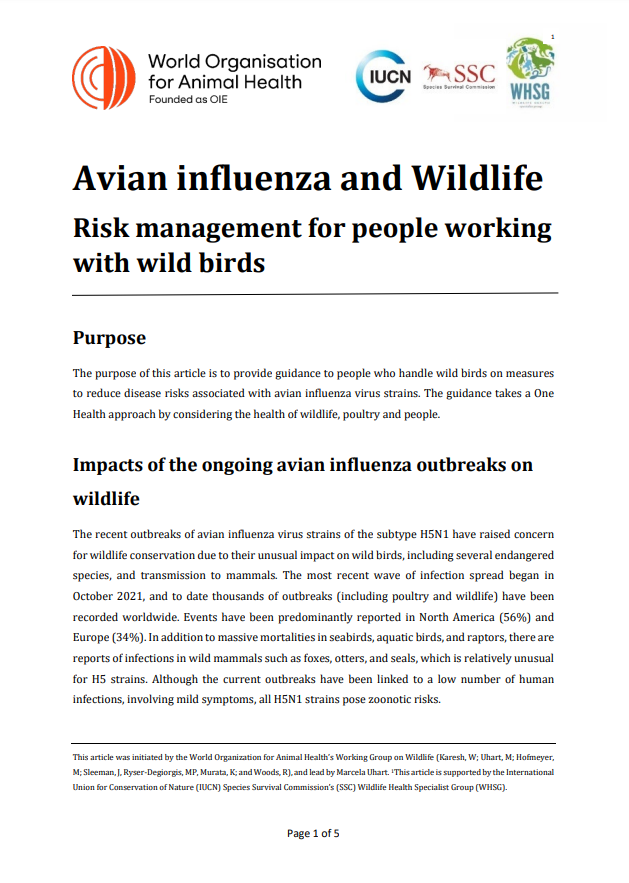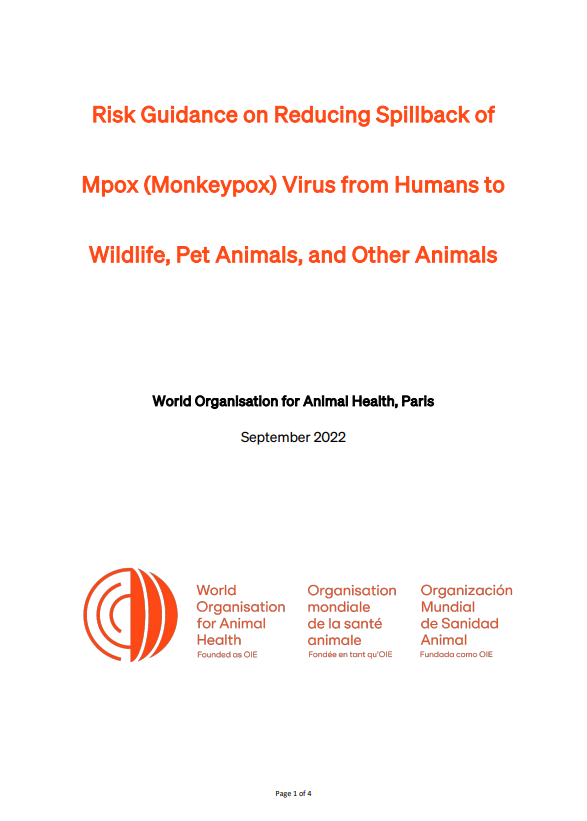Keywords
Organisation for Economic Co-operation and Development (OECD)
September 2021
127 pages
DOI: https://doi.org/10.1787/846a5fa0-en
The Compendium of international organisations’ practices brings together the experiences of some 50 international organisations with different mandates, memberships and institutional frameworks. The ultimate objective of the Compendium is to draw lessons from these experiences to improve international rulemaking.
The document is designed to serve not only all national and international policy practitioners, but also civil society actors, academic experts, private actors, and citizens who seek to understand, benefit from and perhaps even contribute to the international rulemaking process, which is meant to benefit all.




